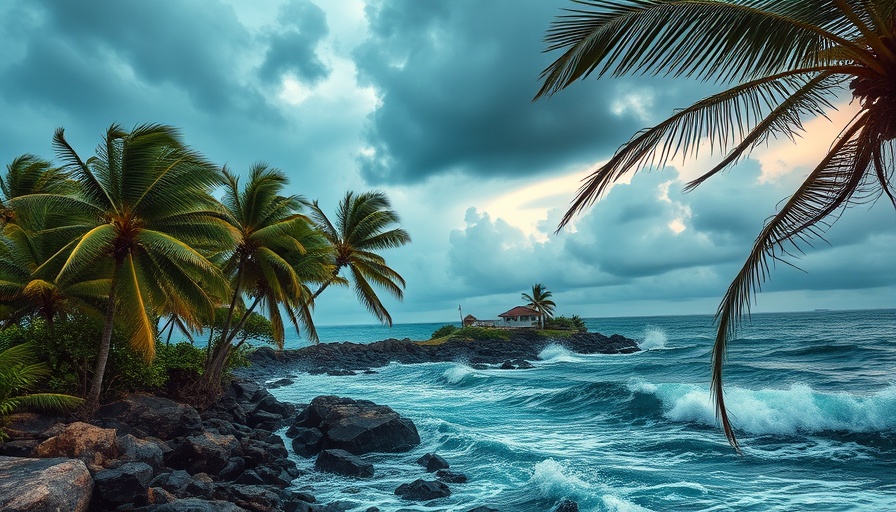
Understanding the Scale of Destruction
When comparing hurricanes and tsunamis, it’s essential to grasp the scale of destruction each can unleash. Hurricanes, with their spinning winds and torrential rains, can create an expansive and damaging force, impacting vast land areas for days. In contrast, tsunamis, born from underwater seismic disturbances, can devastate coastal areas in a matter of minutes, sending colossal waves that not only flood but also destroy everything in their path.
The Mechanisms Behind Hurricanes
Hurricanes are tropical cyclones that form over warm ocean waters. They develop as warm air rises and creates a low-pressure system, pulling in surrounding air and moisture. The Saffir-Simpson Hurricane Wind Scale categorizes hurricanes from Category 1 to Category 5 based on wind speed, which directly correlates with their potential for destruction. Category 5 hurricanes, with winds surpassing 157 mph, can obliterate structures, uproot trees, and cause catastrophic flooding due to heavy rainfall, leading to significant loss of life and property.
The Rapid Onset of Tsunamis
Tsunamis, on the other hand, differ dramatically in their origin and warning time. Triggered by underwater earthquakes, volcanic eruptions, or landslides, tsunamis can surge violently into coastlines. These waves can travel across ocean basins at incredible speeds, creating a perilous situation for coastal communities. The fact that tsunami waves can move rapidly and without warning makes effective early warning systems paramount. Once they make landfall, the sheer volume of water presents a formidable threat, flooding low-lying areas and leading to loss of life and property in mere moments.
Comparing Damage: Hurricanes vs. Tsunamis
The destruction caused by these natural disasters results from different mechanisms. Hurricanes predominantly inflict damage through high winds and resultant flooding, while tsunamis primarily devastate through powerful water surges. While a hurricane can linger for days, wreaking havoc across a vast region, a tsunami delivers its destructive power almost instantaneously. Survivors of past tsunamis, such as the 2004 Indian Ocean earthquake and tsunami, often recount the shock and horror of the wave's rapid approach with little to no warning.
Implications of Climate Change
Interestingly, discussions around hurricanes and climate change often highlight their interconnection. Rising ocean temperatures can fuel more intense hurricanes, whereas tsunamis are less directly affected by climate change. Understanding these distinctions is crucial for urban planning and disaster preparedness. Communities situated in coastal areas must prioritize building resilient infrastructure and enforcing effective evacuation protocols to mitigate the risk posed by both hazards.
The Role of Preparedness and Community Response
Both hurricanes and tsunamis emphasize the importance of preparedness. Communities must invest in disaster response systems that can provide timely alerts for both types of disasters. Educational programs that inform residents of emergency protocols, community evacuation routes, and supplies necessary for survival also serve crucial roles in maintaining safety. The sentiment often shared by disaster survivors is that being informed and prepared can make all the difference in crisis moments.
Conclusion: The Need for Awareness
In summary, hurricanes and tsunamis pose different yet equally significant threats to humanity. Understanding their mechanisms, damage potential, and connection to climate change equips individuals and communities with the knowledge needed to prepare effectively. As we face increasing climate volatility and geological activity, bolstering our awareness and response capabilities becomes imperative. Embracing a proactive stance gives us the best chance of protecting ourselves and our loved ones from natural disasters that continue to challenge our resilience.
 Add Row
Add Row  Add
Add 




 Add Row
Add Row  Add
Add 

Write A Comment